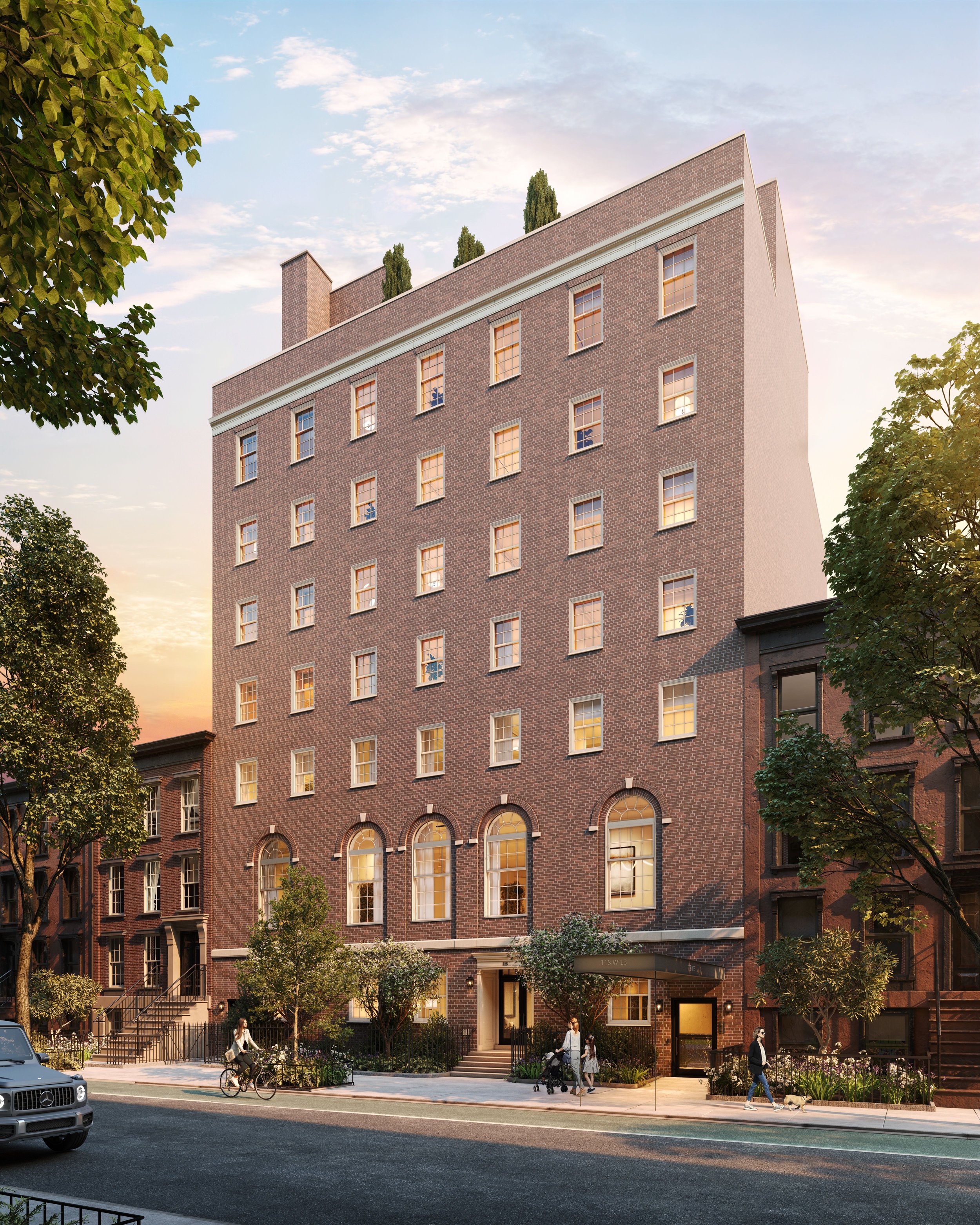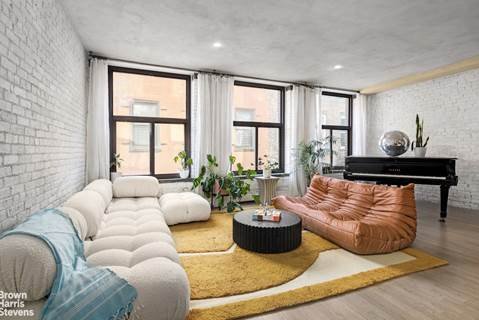From Small to Large: A Comprehensive Guide to Different-Sized Office Spaces for rent
Are you looking for the perfect office space for your business? Starting a business is an exciting time and selecting the right workspace is essential. Finding the best size and layout that meets both your financial needs and comfort level can make a world of difference in how productive and efficient your team will be. From shared spaces like this Hollywood coworking space to large open-plan offices, there are many different sizes of offices available today. In this comprehensive guide, we’ll take a look at all the various types of office spaces available, from small to large, so you can choose one that's just right for your team’s work style and lifestyle.
Understanding the Different Types of Office Spaces
The world of office spaces is incredibly diverse and ranges from small, single-desk workspaces to expansive corporate environments. One of the main factors in determining which space is right for you or your business is understanding the different types of office spaces available. These can include open offices with an emphasis on collaboration or closed offices for those looking for more privacy. For businesses that need flexible workspace solutions, there are co-working spaces and serviced offices, while other businesses might benefit from more permanent, tailored solutions such as executive suites or shared office space. For those looking for innovative and collaborative environments, a shared coworking space in Los Angeles offers the perfect blend of flexibility and networking opportunities, ideal for freelancers, remote workers, and startups. It's important to research all of these options to determine which type of office space will be the best fit for you and your business.
The Pros and Cons of Shared Office Spaces
Shared office spaces can be an attractive option for businesses looking to lower overhead or expand their team without investing in a long-term rental agreement. On one hand, the turnkey nature of shared offices ensures that resources such as furniture, high-speed internet, and other basic amenities are ready to go right away. Rent is normally on a month-to-month basis so businesses can end their arrangement with minimal financial commitment if necessary. But shared offices also bring some drawbacks - these working environments may not feel like home to employees accustomed to permanent workspaces, and it’s often difficult to manage sound levels when multiple groups occupy the same area. Additional fees for access passes, parking, and other luxuries may quickly add up too, further narrowing the total savings. Making an informed decision about the use of shared office space requires weighing both these pros and cons carefully.
What to Consider When Choosing an Office Size
Choosing the right office size is a critical decision for any business. Start by considering what type of space you will need to accommodate the size of your team and equipment, as well as any other amenities or services that may be required. If you do not want to commit to a long-term lease for an entire office, there are also local conference rooms for rent that can offer an affordable solution without long-term commitments. Research your options thoroughly from different sources such as government agencies or land listing services, so you can make an educated decision on which solution best fits your needs and budget.
Benefits of Small Offices
Small offices are becoming increasingly popular as a cost-effective option for businesses. By renting out a small office suite, businesses can experience several advantages such as increased flexibility with floor plans, the lower overhead costs associated with smaller space requirements, and an enhanced setting to collaborate with colleagues. Furthermore, an appropriately sized office space is the perfect place to house important documents and sensitive data while providing easier management of resources overall. Nowadays, more businesses are opting for small suite space for rent as they offer a great working environment at much lower costs than traditional larger models.
Exploring the Possibilities with Larger Offices
Commercial office space Chicago has evolved significantly over the years, providing businesses with a wide range of options for their work environment. By having access to larger offices, businesses can explore the possibilities of what their workspace can offer. Companies can now take advantage of more open-plan layouts that allow for more efficient communication and collaboration, as well as creative aspects such as employee break rooms and recreational areas. With larger spaces, companies can also accommodate more workers and open up additional areas that would otherwise have been unavailable due to limited space. For example, larger offices can more easily house dedicated training rooms or cutting-edge technology rooms. Exploring the possibilities of larger offices opens up a whole new world of modern workspaces that better serve the business, its employees, and all other users of the complex.
How to Choose an Affordable Office Space That Fits Your Needs
Choosing an office space for your business can be exciting, but it's important to make sure the space meets your needs while still staying within your budget. Researching local occupancy and rental prices is a great first step, helping you to determine the size and type of office space you can afford. Additionally, consider the type of work that will be done in the office — will clients be visiting? Do you need enough space for employees to collaborate? Asking yourself these types of questions will help narrow down your search. Check out available amenities and see if they are in line with what you need from a workspace. Finally, inspect every part of the space so that you're aware of any potential problems or inconveniences before signing your lease. Choosing an affordable office space that fits your needs is possible when you know what to look for.
Overall, choosing the right office space for your business is essential to its success. Depending on the type of work you do and the number of employees, certain factors should be carefully considered before deciding on office size. Understanding the various types of office spaces, such as shared workspaces and dedicated offices, will help determine which may be best for your organization. Small offices offer many advantages due to their intimate environment and limited overhead costs, while larger offices give businesses access to more amenities and opportunities for growth. By keeping affordability in mind, you can select an office space suitable to your needs that won’t break the bank. It’s important to do thorough research when selecting an office space so you can focus on what matters most: running a successful business.










